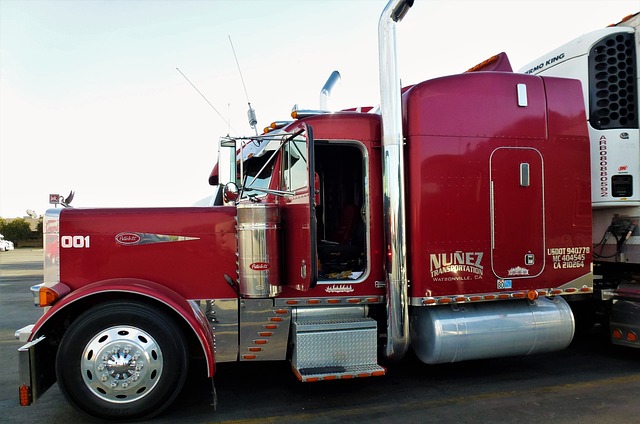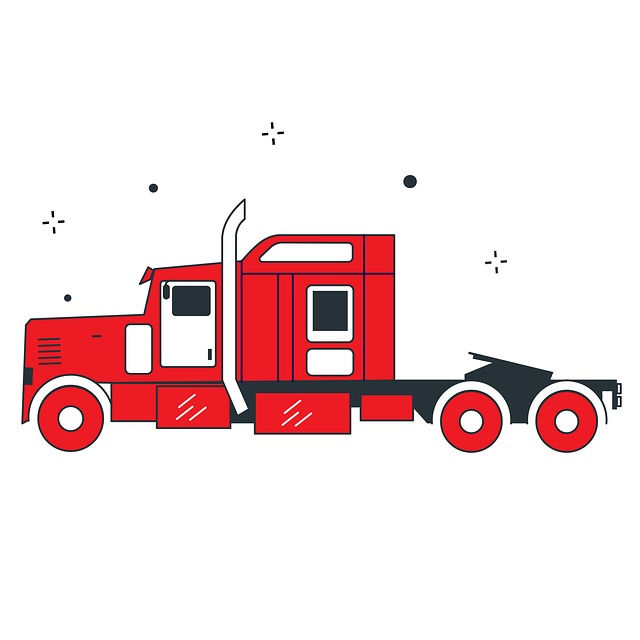Looking to register your car in California? This comprehensive guide walks you through every step, ensuring a smooth process. First, understand the eligibility requirements for car registration in the Golden State. Next, gather essential documents for DMV VIN verification, including proof of ownership and identification. Prepare your vehicle for inspection and title transfer by ensuring all legal paperwork is in order. Visit a California DMV office to complete the registration and title exchange. Finally, post-registration, don’t forget insurance, tags, and ongoing maintenance.
- Understand Eligibility Requirements for Car Registration in California
- Gather Necessary Documents for DMV VIN Verification
- Prepare Your Vehicle for Inspection and Title Transfer
- Visit a California DMV Office for Registration and Title Exchange
- Post-Registration Steps: Insurance, Tags, and Ongoing Maintenance
Understand Eligibility Requirements for Car Registration in California

Before you begin the registration process, it’s crucial to understand the eligibility requirements for car registration in California. To register your vehicle, your car must meet certain standards set by the state. One key step is ensuring that your car has passed an emissions test, as California has stringent environmental regulations. This typically involves a DMV VIN verification, where the unique vehicle identification number (VIN) of your car is cross-referenced with its make, model, and year to ensure compliance.
Additionally, for older vehicles or those imported from other states, a mobile vin inspection or vin inspection might be required. This process checks not only emissions but also various safety components of your vehicle, ensuring it meets California’s safety standards. Always verify with the California Department of Motor Vehicles (DMV) for the most accurate and up-to-date requirements to avoid any delays in registering your car.
Gather Necessary Documents for DMV VIN Verification

Before heading to the DMV for registration, ensure you have all the required documents for a successful dmv vin verification. This process is crucial to prove ownership and vehicle authenticity. Gather your vehicle’s registration certificate from its previous state, as well as any relevant bills of sale or purchase agreements.
Additionally, it’s essential to provide a valid driver’s license or state ID card. For a seamless vin inspection experience, consider conducting a mobile vin verification service prior to your visit, which can save time and ensure all necessary information is accurate and up-to-date.
Prepare Your Vehicle for Inspection and Title Transfer

Before you begin the registration process, it’s crucial to prepare your vehicle for the necessary inspections and title transfer. Start by ensuring that your vehicle meets all safety and emission standards set by the California Department of Motor Vehicles (DMV). This includes checking critical components like brakes, lights, tires, and exhaust systems. A well-maintained vehicle will streamline the inspection process, which is a vital step in the registration procedure.
For convenience, consider using a mobile vin verifier or scheduling a vin inspection. These services allow you to obtain a Vehicle Identification Number (VIN) verification report, which is required for registering your car. A mobile vin inspector can come to your location, perform a thorough inspection, and provide you with the necessary documentation. This saves time and effort compared to visiting a DMV office for a vin inspection.
Visit a California DMV Office for Registration and Title Exchange

To begin the registration process for your vehicle in California, one of the first steps is to visit a local DMV office. Here, you’ll engage in a crucial part of the procedure known as the Registration and Title Exchange. This involves presenting your car’s necessary documents, including its Vehicle Identification Number (VIN), which serves as a unique code that identifies your specific vehicle. The DMV will conduct a VIN verification process to ensure the vehicle’s history aligns with what’s declared, thereby enhancing the accuracy of the registration records.
This in-person visit allows for an efficient exchange of your current registration and any required fees. Additionally, you can opt for a mobile vin inspection or a mobile vin verifier service if one is available in your area. These services provide on-site, convenient VIN verification, potentially saving you time and effort.
Post-Registration Steps: Insurance, Tags, and Ongoing Maintenance

After successfully registering your car with the California DMV, there are several crucial post-registration steps to complete to ensure your vehicle is legally compliant and safe on the road. One of the most important aspects is obtaining insurance coverage for your car. California requires all vehicles to have valid auto insurance, so make sure to secure a policy from a reputable insurer as soon as possible. You’ll also need to display current registration tags (also known as license plates) on your vehicle at all times when operating it on public roads. These tags serve as a visual reminder of your vehicle’s registration status and are essential for law enforcement purposes.
Additionally, regular maintenance is vital to keep your car in top condition. Regularly check fluid levels, tire pressure, brake performance, and other critical components. A mobile vin verifier or mobile vin inspection tool can be handy for initial checks, ensuring everything matches the vehicle’s records. By staying on top of these tasks, you’ll not only maintain your car’s safety but also comply with California’s regulations, avoiding any potential fines or legal issues down the line.
Registering your car in California involves understanding eligibility requirements, gathering essential documents, preparing your vehicle for inspection, and visiting a DMV office. Post-registration, ensure insurance compliance, secure license plates, and maintain your vehicle to stay legally compliant. The process may seem daunting, but by following these steps and completing the required dmv vin verification, you’ll have your California car registered smoothly.
